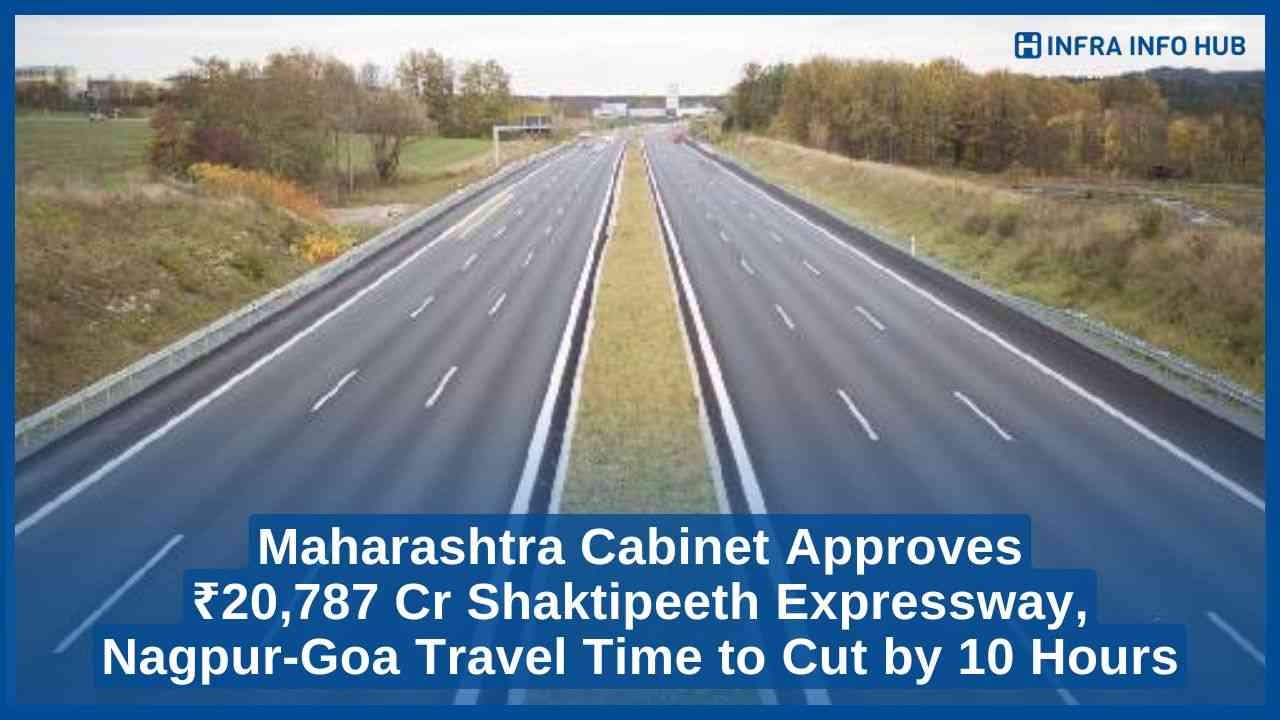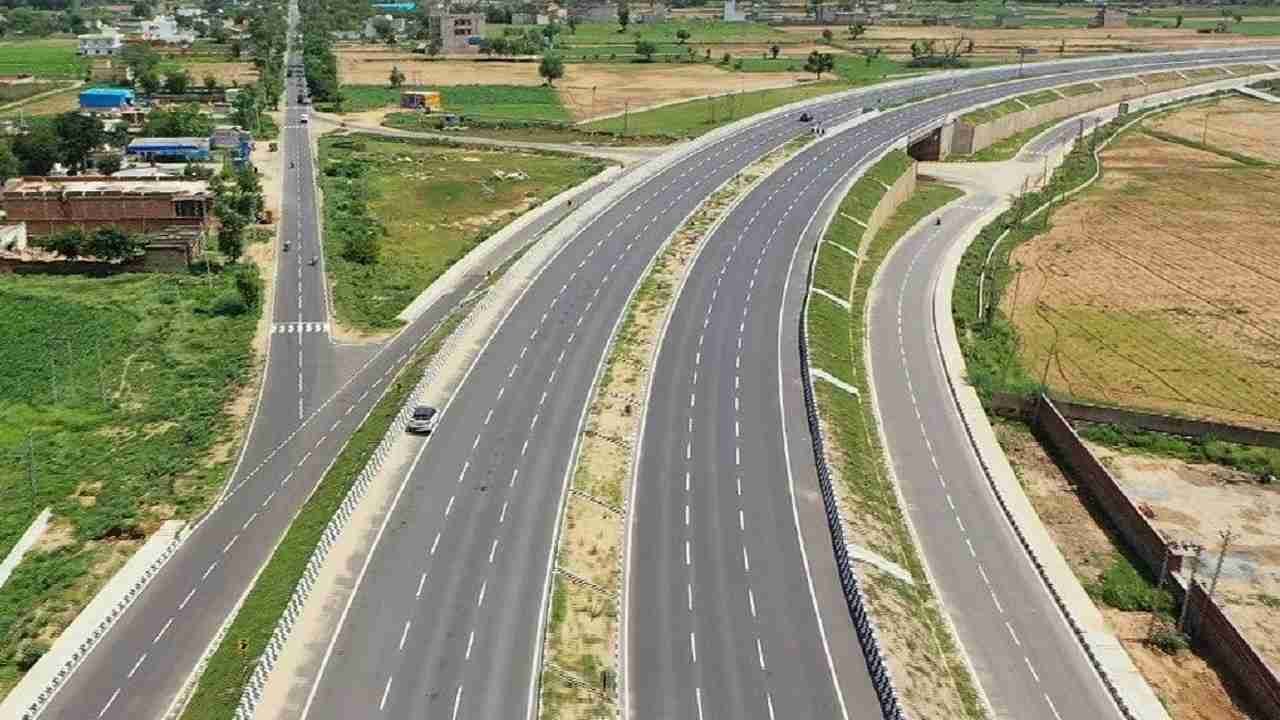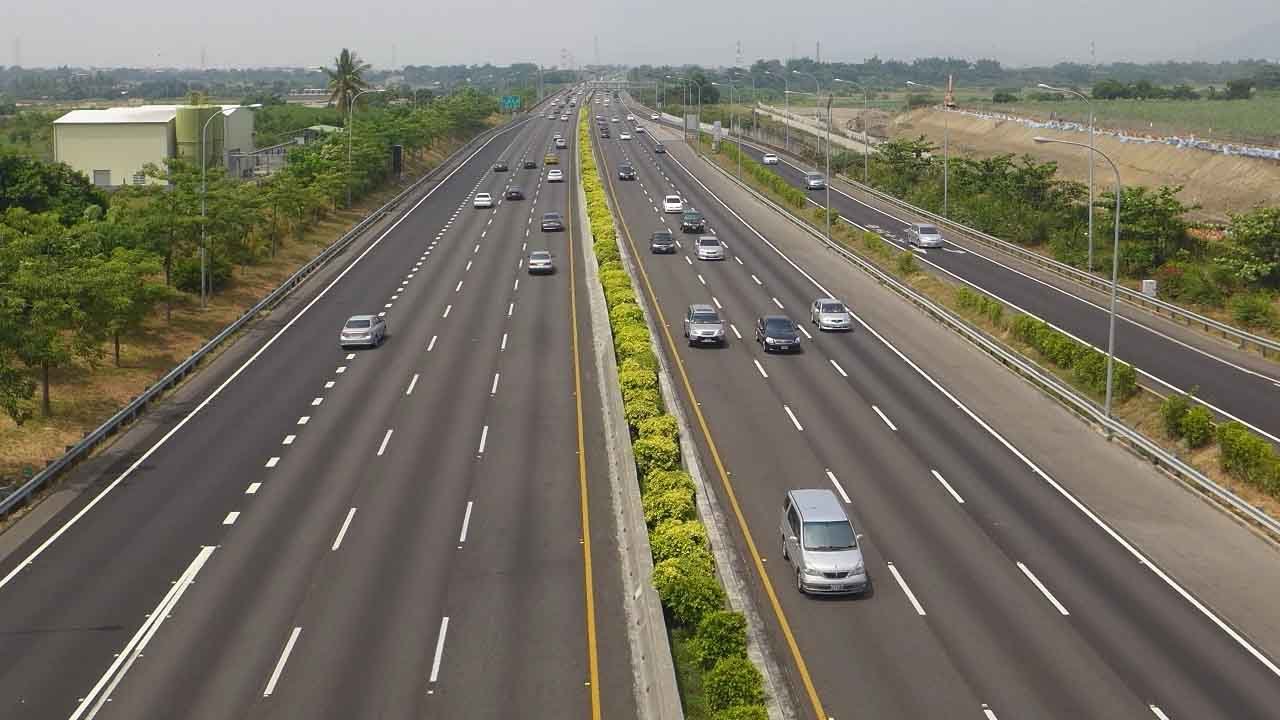In a major move, the Maharashtra state cabinet, led by Chief Minister Devendra Fadnavis, approved the Maharashtra Shaktipeeth Highway project on 24 June.
This massive project, costing ₹20,787 crore, will create a fast and long road—802.6 kilometers in length—connecting Pawanar in Wardha district to Patra Devi near the Maharashtra-Goa border in Sindhudurg. The highway will pass through 12 districts, helping to improve travel, tourism, and development in rural areas.
The government described the project as a way to connect the sacred Shakti Peethas (important Hindu temples) across the state. The plan is not just about building a road, but also about boosting spiritual tourism and supporting the economy in small towns and villages.
Once the road is finished, travel time from Nagpur to Goa will drop from 18 hours to just 8 hours, making journeys much faster and easier.
The expressway will pass through key districts like Wardha, Yavatmal, Hingoli, Nanded, Parbhani, Beed, Latur, Dharashiv, Solapur, Sangli, Kolhapur, and Sindhudurg. It will also connect many holy places such as Mahur, Tuljapur, Kolhapur, and Ambejogai, as well as famous pilgrimage centers like Aundha Nagnath, Parli Vaijnath, and Pandharpur. Devotees of the Datta tradition will also benefit, with towns like Karanja-Lad, Akkalkot, Ganagapur, Narsobachi Wadi, and Audumbar being linked.
A big part of the budget—₹12,000 crore—will come from a loan by HUDCO, which will be used to buy around 7,500 hectares of land needed for the project.
The Maharashtra Road Development Corporation (MRDC) will handle the building of the highway. Later on, this highway will connect to the Konkan Expressway, improving road access along the coastal areas of the state.
In short, the Maharashtra Shaktipeeth Highway is not just a road—it’s a path that brings together faith, faster transport, and economic growth across the state.










